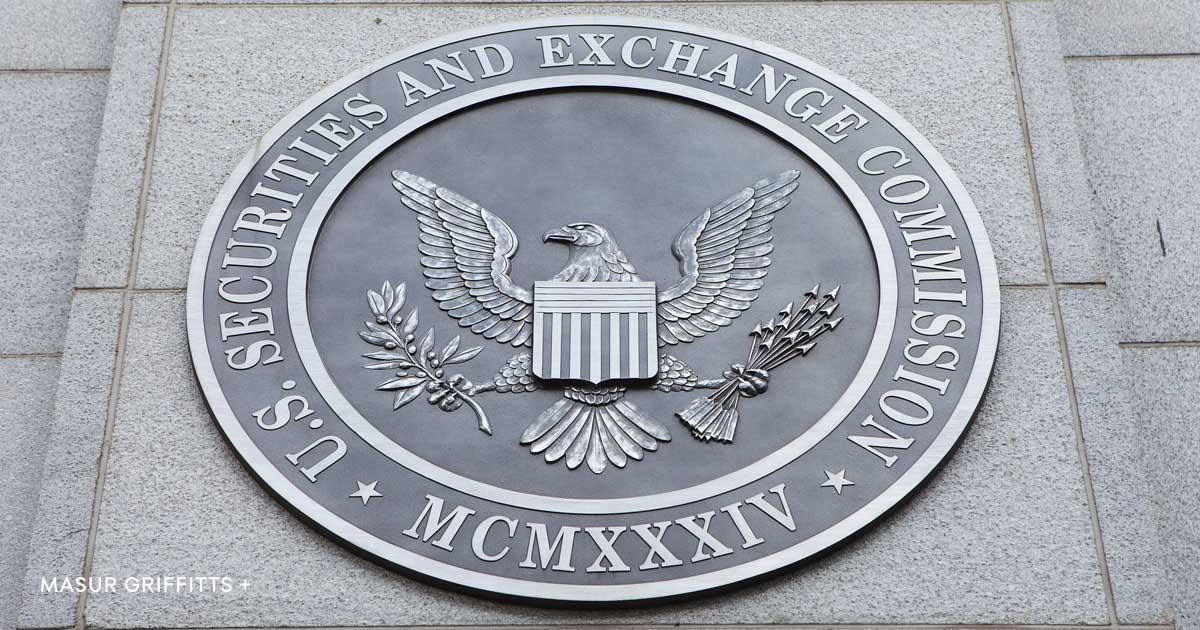Can Blockchain be the Driving Force for Autonomous Vehicles?
By: Jon Avidor
A key issue in today’s automotive industry is that many processes and data storage are manual and paper-based, leading to inaccuracies, disputes, and high transaction costs. Out of 1,314 automotive executives surveyed across 10 countries, 62% of these executives reported that blockchain would be a “disruptive force” in the automotive industry within three years. Equipment manufacturers and suppliers are looking to create privacy safeguards and change how they store information. The need for blockchain technology stems from the change in the once linear structure of the automotive industry, which was simply between suppliers, manufacturers, and dealers. Through globalization, regulation and technological advancements, the automotive industry has expanded so significantly that industry executives believe it calls for a shared ledger to centralize all of its intertwined processes.
While the automotive industry has not yet implemented blockchain technology, research and development of certain technologies are starting to take place. The University of Nevada, Reno’s Intelligent Mobility Initiative is working with the Nevada Center for Applied Research and Filament to develop blockchain internet of things (“IoT”) technology to create greater safety for autonomous vehicles, which market is expected to increase exponentially between 2019 and 2026. IoT applications maintain a ledger of how devices interact. Testing is scheduled to begin soon, where Filament’s Blocklet Technology will be integrated into an autonomous vehicle, and the surrounding infrastructure will be placed with sensory functions. The sensory technology includes light detection and ranging (“LIDAR”) and dedicated short-range communications (“DSRC”). The testing phase aims to confirm this technology’s use in accurately documenting events and enabling data exchange through blockchain transactions.
This isn’t Filament’s only involvement in revolutionizing the automotive industry. The remanufactured automotive parts industry estimated by a U.S. International Trade Administration’s Industry Assessment to be approximately a $100 billion global industry. However, the business logistics of these operations make this subset of the automotive industry incredibly complicated and expensive. Filament’s Blocklet Technology is also helping manufacturers create new remanufacturing opportunities through reduced costs and increased efficiency. This technology aids in payment processing and implements smart contracts. The U.S. Department of Transportation (“DOT”) estimated that certain safety applications using vehicle-to-infrastructure (“V2X”) and vehicle-to-vehicle (“V2V”) communications could alleviate or eradicate up to 80% of non-impaired crashes. Since as early as 2014 the DOT has been exploring the use of V2X and V2V technology to allow vehicles to communicate with infrastructure and each other to prevent car accidents. The technology in cars today includes sensors that have a limited range and a delay in relaying data. V2V technology is a step-up because it shares information in real time. However, V2X uses blockchain technology to enable these communications.
Companies are taking note of the use of blockchain-based sensory functions in automated vehicles and are moving forward in filing patents. In April, IBM received a patent for a blockchain application that will manage data and interactions for autonomous vehicles. This V2X technology will intake sensory data from the vehicle and surrounding infrastructure and store the data into a private blockchain system. General Motors filed a similar patent in December. General Motors, BMW, Ford, Honda, and Renault are only a few members of the Mobility Open Blockchain Initiative (“MOBI”) – a non-profit organization created to support the creation and implementation of blockchain technology in the mobility industry.
Car manufacturers aren’t only utilizing blockchain for autonomous driving data and safety. Hyundai is developing a program that allows drivers to connect their Hyundai electric vehicles with their smartphones to customize certain vehicle functions. The application will allow drivers to adjust performance features of the vehicle from their phone. Blockchain technology and its variety of uses in the automotive industry is well on its way to becoming a reality.
***
We would like to thank Rachel Behar for her contribution to this article.









